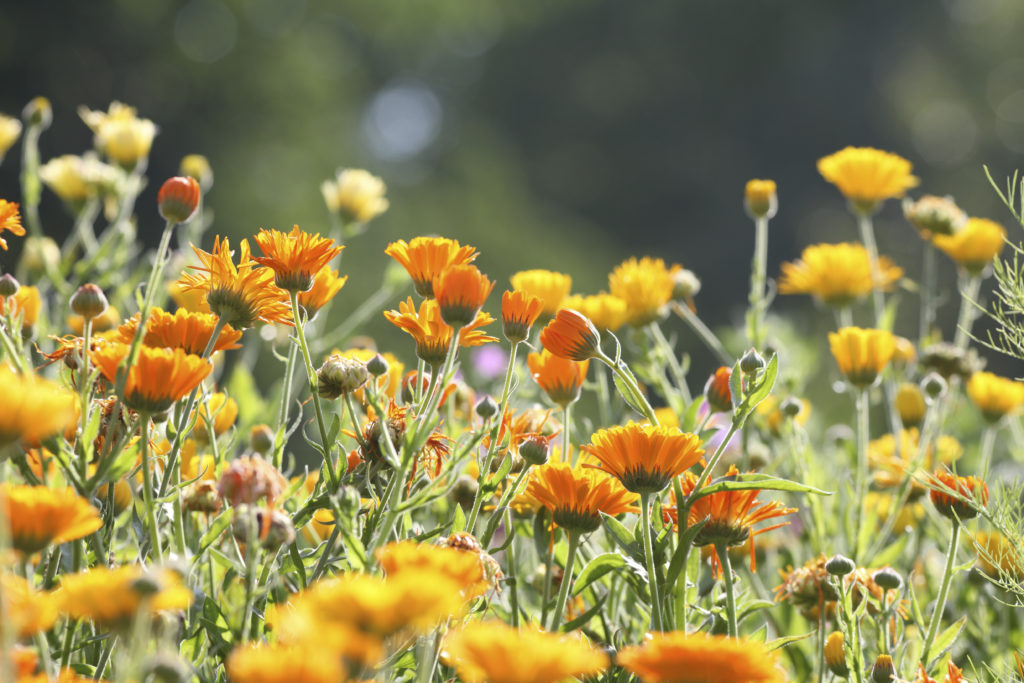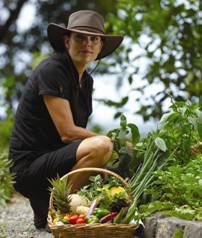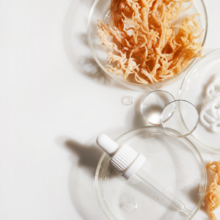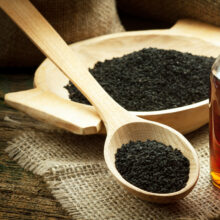You Can Eat These? Edible Flower Gardens
- Published: Thursday, August 11th 2016
- in Nutrition

By Shelley Pryor
During summer there is always an influx of insects in the garden. Taking the time to identify them can help because you don’t want to squash your allies, in fact, there are more beneficial insects than pests. A few nibbles on a leaf is actually a good thing, it enables the plant to produce more photo-nutrients to protect itself and in turn these nutrients are then available for us to consume. If your plants are being completely eaten by pests, it might be a soil health issue. To help, add more well-made compost with worm cast minerals and mulch.
And, consider planting some edible flowers. Flowers play an essential role in providing nectar for bees and attracting beneficial and pollinating insects that feed on pests in your garden. Plus, edible flowers provide vibrancy, add colour, complexity, flavour, nutrients and medicinal value to your meals. Plant them amongst herbs and scatter them through the vegetable garden or in pots. You don’t have to be a master gardener or a chef to transform your meals with edible flowers. Once you start looking, you’ll discover edible flowers are all around you. At Gwinganna (a lifestyle retreat in Australia) I use a large variety of edible flowers which include calendula, zinna, marigolds, dill and fennel flowers, dianthus, chive flowers, society and garlic chives, rocket flowers, broccoli and mustard flowers and nasturtiums.
Some important tips when using edible flowers:
- Know your flowers. Not all flowers are edible and some, such as oleander flowers, are poisonous. Be sure that you have properly identified anything you are about to eat. If you are unsure, do not risk it.
- Only select flowers that have been grown organically. If you grow your own edible flowers do not use artificial fertilisers or pesticides. Avoid commercial florist flowers, which have likely been sprayed with chemicals.
- Pick flowers early in the morning when they are fresh and the new blossoms have opened and be sure to always take care when you wash them as they are more delicate than herbs.
- Flowers vary in flavour and intensity from subtle and sweet to strong and spicy. The taste profile can also be earthy, bitter, perfumed or lemon-like. One of my favourites here in the gardens at Gwinganna is borage, it is fast growing, self seeding and hardy with a cool cucumber-like flavour. Borage contains Vitamins A, B, C, calcium, iron, potassium, magnesium and silica.
Here are some ideas on using edible flowers:
- Place flowers into ice cube trays and then fill with water to use in drinks or a cocktail.
- Use as a finishing touch on salads, cakes, desserts and fruit platters.
- Use on open sandwiches as garnish.
Happy gardening!
Shelley Pryor, pictured here, is a former Chef and now organic Gardener who manages the organic food gardens at Gwinganna providing an extraordinary example of how Mother Nature can shine in the dining experience. Shelley’s background as a sous chef allows her to truly understand how to best support the Gwinganna kitchen needs and her knowledge of nutrition offers both chefs and guests a glimpse into the fascinating world of delicious wholefoods. Shelley’s skills also extend to bio dynamic farming, offering walks and presentations for guests, along with specialty sessions. A walk in the garden with Shelley is enlightening and inspiring covering medicinal uses for herbs, recipe ideas and stories from her past.



